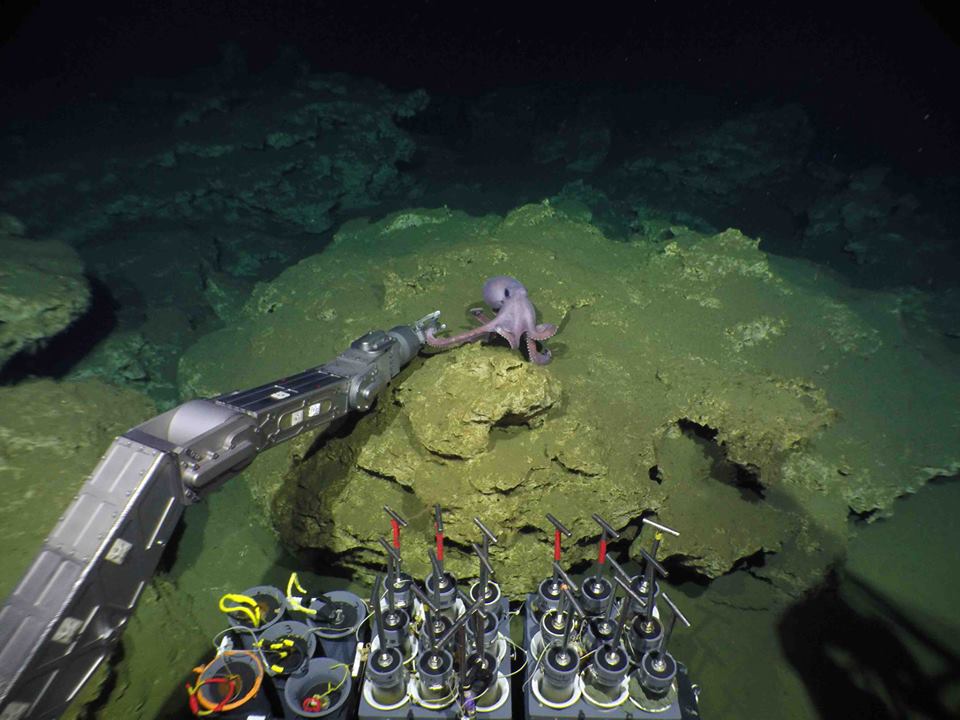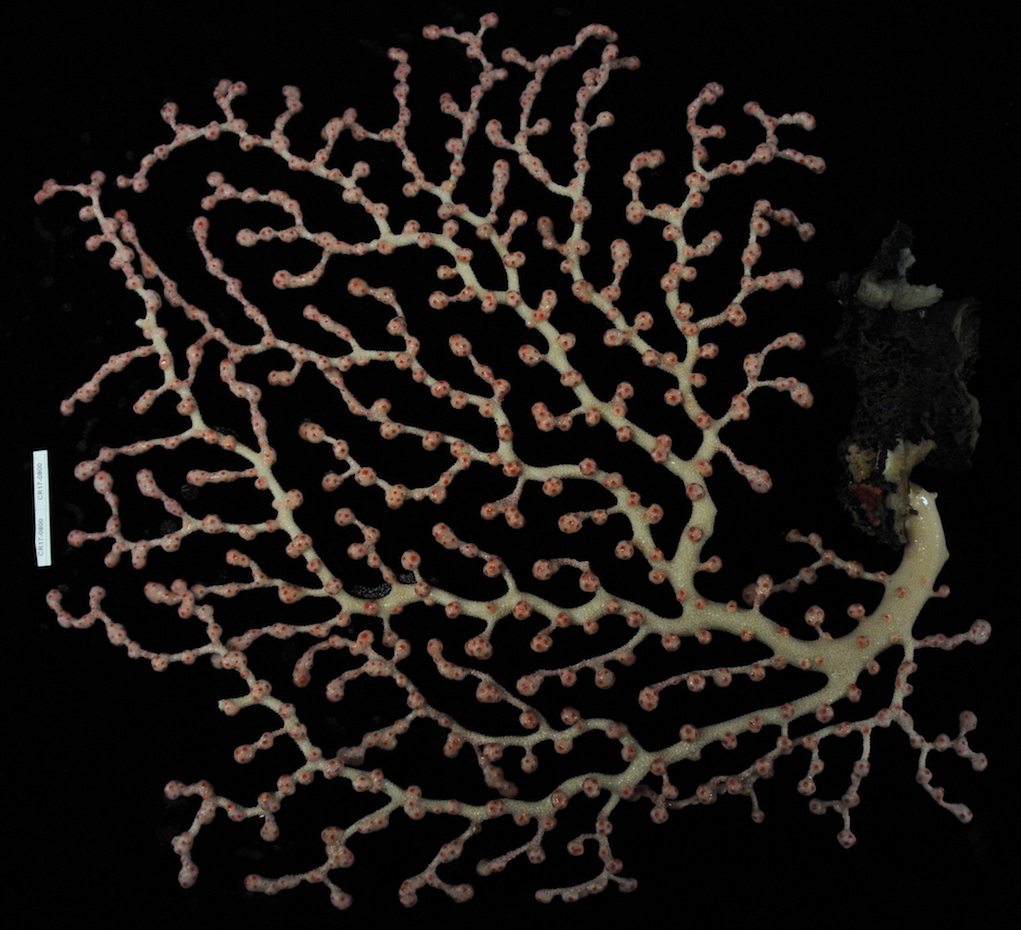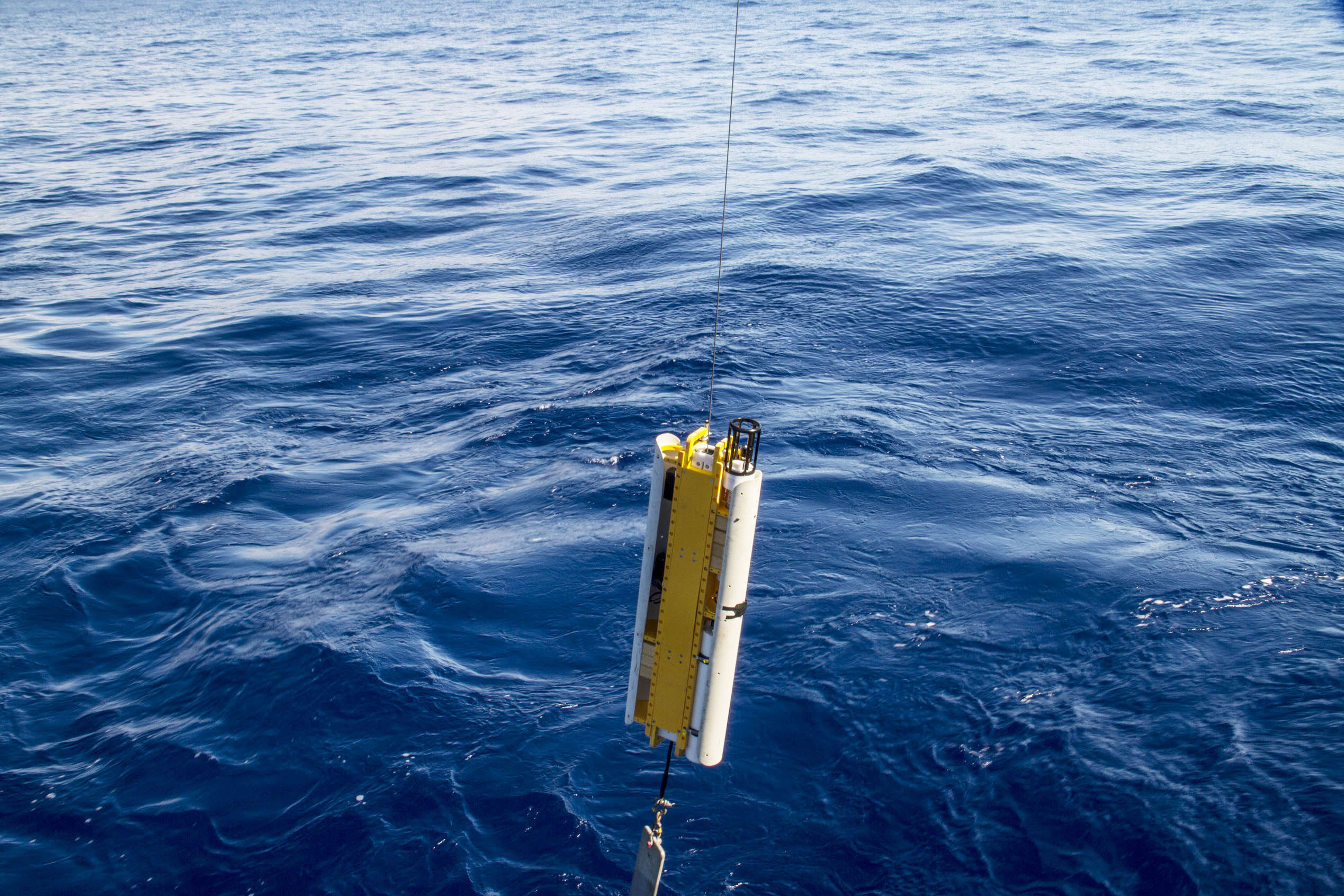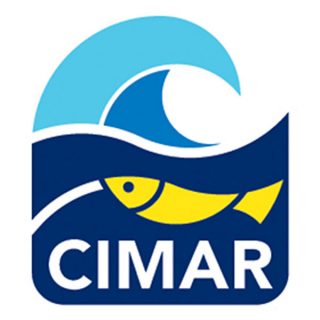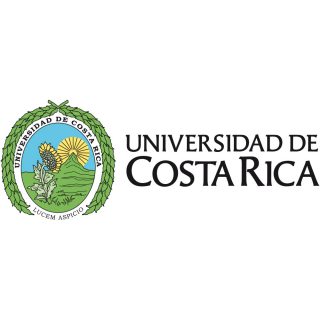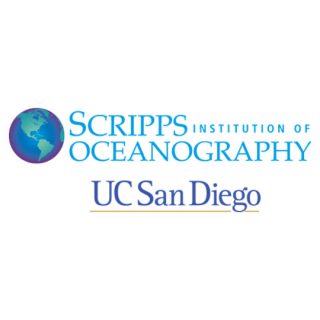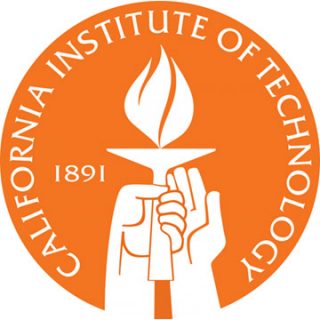The deep sea is home to a variety of understudied, otherworldly ecosystems that are in need of human understanding if they are to have any protection from encroaching deep sea fishing and mining activities. These systems support the global marine environment through habitat creation, nutrient cycling, and maintenance of biodiversity. However, they also happen to be found in areas with rich stores of oil, gas, minerals, and potential new pharmaceuticals. Understanding what ecosystem processes generate these key services is fundamental to their protection.
Characterizing Methane Seeps and Seamounts
The Pacific margin of Costa Rica is an area of seamount subduction where methane seeps, thermal anomalies, and non-subducting seamounts intersect and presumably interact. Despite several research expeditions to this region, scientists still know very little about how these types of ecosystems may be connected to communities in the rest of the oceans including the soft sediment background communities and deep-sea corals. To characterize these interactions, Dr. Erik Cordes, from Temple University, and his team of interdisciplinary researchers will use a framework coupling benthic sampling, near-bottom chemical sensor and photographic profiling, along with vertical characterizations through the water column from deep to shallow.
The 22-day expedition will visit multiple low-oxygen seep areas along the margin, and seamount sites out to the protected Isla del Coco National Park. The team will look to see how sites differ by depth, oxygen dynamics, pH, seep intensity, and the available substrate. At each site, a suite of sensors, instruments, and statistical methods will be used to combine biological and oceanographic surveys, transplant experiments, and vertical water column characterizations that will provide a full biogeochemical understanding of the area.
Exploring possible connections
Scientists believe there to be both chemical and biological linkages between seep sites, seamounts, and the surrounding environment. Corals and bivalves use calcium carbonate to build their skeletons and shells, which is less available in seawater with lower pH. It is possible that the oxidation of methane at the seep sites is a supplemental source for calcification to deep animals. Additionally, larger mobile animals may travel from site to site taking advantage of local chemosynthetic productivity, and congregating near topographic features such as seamounts.. This expedition will work to better understand how these habitats influence the animal life around it.
ROV SuBastian will explore the deep habitat collecting high resolution ocean chemistry measurements while performing video transects and obtaining sediment, rock, and animal samples. Along with the ROV, a custom ship-towed autonomous vehicle called “The Wire Flyer,” will get high resolution ocean sensing data vertically through the water column. Additionally, DNA and RNA sequencing will be used to compare animal and microbial communities from different habitats and substrates, and quantitative methods will be used to assess microbial activity.
This expedition will likely reveal new habitats, species, and possibly even new biogeochemical pathways. The chemical analyses that will be completed will help to improve our understanding of carbon cycling in the deep ocean, which has important implications not just for the surrounding deep ocean environments, but also for global climate cycling. Biological surveys of these environments will also help to resolve the relative similarity of fauna along a continuum of community types from hydrothermal vents to cold seeps and reefs. Finally, the data will provide baselines for these communities and support conservation efforts in Costa Rica that seek to protect these unique systems from the impacts of increasing human activities.
Data & Publications
The resulting shipboard sensor data is being archived at Rolling Deck to Repository and is now available.
ADCP data is curated and archived by University of Hawaii.
Data collected by ROV SuBastian including CTD, photography, navigation, and event logging is now available on MGDS.
Annotated imagery is available in Squidle+. [You may have to create a username and password to access full capabilities]. To view images from this cruise, click SELECT DEPLOYMENTS, and choose FK190106.
Three new species of mussels were described and named and submitted to the World Register of Marine Species:
Bathymodiolus nancyschneiderae
Samples collected are stored and archived at the Scripps Institution of Oceanography’s Benthic Invertebrate Collection. Loan policy and contact information can be found here. SIO-BIC Catalog Number and GenBank Accession Number can be found here. (Laminatubus, catalog #: A9589, Bispira, catalog # A9598).
Biodiversity and species abudance data is being archived at BCO-DMO.
Biodiversity data is archived at iDigBio and the Global Biodiversity Information Facility.
A list of Vouchered specimens is available at BCO-DMO.
The raw Illumina 16S rRNA barcode sequences and metadata collected on methane sequestration by symbiotic deep-sea annelids can be found in Dryad and NCBI. You can also search nucleotide accession numbers in NCBI. (Accension Numbers MN416048 – MN416065).
The sequenced data from studying fungal diversity and community composition is available in NCBI. You can search nucleotide accession numbers here. (Accession numbers are SAMN14924417-SAMN14924456).
Holotype information from the new species of squat lobster decsribed Munidopsis cortesi is cataloged at the Scripps Benthic Invertbrate Collection.
- 30 - day Preliminary Cruise Report: Costa Rican Deep Sea Connections
- McCowin, M., Feehery, C., and G. Rouse. (2020). Spanning the depths or depth-restricted: Three new species of Bathymodiolus (Bivalvia, Mytilidae) and a new record for the hydrothermal vent Bathymodiolus thermophilus at methane seeps along the Costa Rica margin. Deep Sea Research Part I: Oceanographic Research Papers, doi: 10.1016/j.dsr.2020.103322.
- Levin, L, and Rouse, G. (2019). Giant Protists (xenophyophores) Function as Fish Nurseries. Ecology, 101(4), doi: 10.1002/dcy.2933. [This article has been published as OPEN ACCESS].
- Rojas-Jimenez, K., Grossart, H., Cordes, E., and Cortes, J. (2020). Fungal communities in sediments along a depth gradient in the Eastern Tropical Pacific. Front. Microbiol. 11:575207, doi: 10.3389/fmicb.2020.575207.
- Goffredi, S., Tilic, E., Mullin, S., Dawson, K., Keller, A., Lee, R., et. al. (2020). Methanotrophic bacterial symbionts fuel dense populations of deep-sea feather duster worms (Sabellida, Annelida) and extend the spatial influence of methane seepage. Science Advances, 6, eaay8562, doi: 10.1126/sciadv.aay8562. [This article is published as OPEN ACCESS].
- Rojas-Jimenez, K., Grossart, H-P., Cordes, E., and Cortes, J. (2020). Fungal Communities in Sediments Along a Depth Gradient in the Eastern Tropical Pacific. Front. Microbiol., doi: 10.3389/fmicb.2020.575207. [This article is published as OPEN ACCESS].
- Cordes, E. (2019). What are the Limits of Deep-sea Coral Distribution? Invited Keynote Lecture, International Symosium on Deep-sea Corals, Cartagena, Colombia.
- Rouse, G., and Kupriyanova, E. (2021). Laminatubus (Serpulidae, Annelida) from eastern Pacific hydrothermal vents and methane seeps, with description of two new species. Zootaxa, 4914(1), doi: 10.11646/zootaxa.4915.1.1. [This article has been published as OPEN ACCESS].
- Sagorny, C., von Dohren, J., Rouse, G., and Tilic, E. (2022). Cutting the ribbon: bathyal Nemertea from seeps along the Costa Rica margin, with descriptions of 2 new genera and 9 new species. European Journal of Taxonomy, doi: 10.5852/ejt.2022.845.1959. [This article has been published as OPEN ACCESS].
- Frable, B., Seid, C., Bronson, A., and Rask Moller, P. (2023). A new deep-sea eelpout of the genus Pyrolycus (Teleostei: Zoarcidae) associated with a hydrothermal seep on the Pacific margin of Costa Rica. Zootaxa 5230 (1), doi: 10.11646/zootaxa.5230.1.5. [This article is published as OPEN ACCESS].
- Rodriguez-Flores, P., Seid, C., Rouse, G., and Giribet, G. (2023). Cosmopolitan abyssal lineages? A systematic study of East Pacific deep-sea squat lobsters (Decapoda: Galatheoidea Munidopsidae). Invertebrate Systematics, 37 (1), doi: 10.1071/IS22030. [This article has been published as OPEN ACCESS].
- Grassian, B., Roman, C., Warren, J., Casagrande, D., (2023). High-resolution measurements of the epipelagic and mesopelagic ocean by a profiling vehicle equipped with environmental sensors and a broadband echosounder. Limnol Oceanogr Methods, 21:106-125. doi: 10.1002/lom3.10532.
- Mongiardino Koch, N., Tilic, E., Miller, A.K., Stiller, J., and Rouse, G. (2023). Confusion will be my epitaph: genome-scale discordance stifles phylogenetic resolution of Holothuroidea. Proceedings of the Royal Society, 290, doi: 10.1098/rspb.2023.0988. [This article has been published as OPEN ACCESS].
- McCowin, M., Collins, P., and Rouse, G. (2023). Updated phylogeny of Vestimentifera (Siboglinidae, Polychaeta, Annelida) based on mitochondrial genomes, with a new species. Molecular Phylogenetics and Evolution, 187. doi: 10.1016/j.ympev.2023.107872. [This article has been published as OPEN ACCESS].
- Villalobos-Guerrero, T., Huč, S., Tilic, E., Hiley, A., Rouse, G. (2024). A remarkable new deep-sea nereidid (Annelida: Nereididae) with gills. PLoS ONE, 19(3), doi: 10.1371/journal.pone.0297961. [This article has been published as OPEN ACCESS with support from SOI].
In the News
New Worm Species with Jewel-Like Scales Discovered in Deep Ocean Darkness
Inside Science • May 12th, 2020
Good and Bad News Found off the Costa Rican Coast
The Costa Rica Star • July 3rd, 2019
Cientificos descubren nuevas especies marinas en el Pacifico de Costa Rica
La Nación • February 2019
De otro mundo: las extrañas criaturas que encontraron en el fondo del mar
LA 100 • February 2019
Novas espécies são encontradas nos oceanos profundos da Costa Rica
Planeta • February 11, 2019
New deep sea species found in Costa Rican seamounts
Fox News • February 13, 2019
Scientists discover 8 ‘amazing’ new sea creatures in Costa Rica
Fox News • February 13, 2019
Research: New deep sea animal discoveries warrant expanded protections in Costa Rican waters
TuniseSoir News • February 12, 2019
Expanded Protections Needed For New Deep Sea Animal Discoveries In Costa Rican Waters
Eurasia Review • February 12, 2019
New deep sea animal discoveries warrant expanded protections in Costa Rican waters
Science Daily • February 11, 2019
New deep sea animal discoveries warrant expanded protections in Costa Rican waters
Phys.org • February 11, 2019
Spooky New Images Present the Alien Creatures of the Deep Ocean
Infosuhoy • February 11, 2019
Researchers Discover New Species in the Deep Seas of Costa Rica
My Modern Met • February 11, 2019
Get a glimpse of the ocean floor with remarkable images of deep sea creatures
Digital Trends • February 10, 2019
Incríveis espécies marinhas são encontradas na Costa Rica
Galileu • February 7, 2019
Otherworldly New Species Found In The Deep And Dark Oceans Of Costa Rica
IFL Science • February 6, 2019
New Deep Sea Animal Discoveries Warrant Expanded Protections in Costa Rican Waters
L.A. Biz • February 6, 2019
New Deep Sea Animal Discoveries Warrant Expanded Protections in Costa Rican Waters
Atlanta Business Chronicle • February 6, 2019
New Deep Sea Animal Discoveries Warrant Expanded Protections in Costa Rican Waters
finanzen.net • February 6, 2019
New Deep Sea Animal Discoveries Warrant Expanded Protections in Costa Rican Waters
Markets Insider • February 6, 2019
New Deep Sea Animal Discoveries Warrant Expanded Protections in Costa Rican Waters
Yahoo! Finance • February 6, 2019
New Deep Sea Animal Discoveries Warrant Expanded Protections in Costa Rican Waters
ROV Planet Magazine • February 2019
Cientícos descubren nuevas especies marinas en el Pacíco de Costa Rica Expedición
La Nacíon • January 28, 2019
